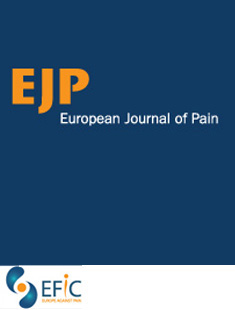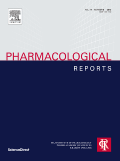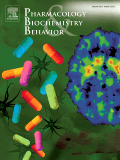
“Patients recovered from Ebola virus infection may experience short- and long-term physical, neuropsychological and social sequelae, including arthralgia, musculoskeletal pain, ophthalmic inflammation, auditory problems, fatigue, confusion, insomnia, short-term memory impairment, anxiety, depression and anorexia, all lasting from 2 weeks to more than 2 years.
Currently there are no treatments for post Ebola sequelae.
We hypothesize that cannabidiol (CBD) may attenuate some of these post Ebola sequelae, several of which have been postulated to result from inflammation and/or an autoimmune response.
CBD has anti-inflammatory actions in various animal models.
Clinical studies have shown that oral administration of CBD, compared to placebo, significantly reduces anxiety, has antinociceptive and anticonvulsant actions, and may be therapeutic for insomnia.
Overall, CBD has a number of pharmacological effects that may significantly improve the mental and somatic health of patients suffering from post Ebola sequelae.
In humans, CBD, at therapeutic doses, does not: 1) elicit dependence or tolerance; 2) significantly alter heart rate or blood pressure; 3) affect gastrointestinal transit; 4) produce significant cognitive or psychomotor impairments. Mild sedation and nausea are the most commonly reported adverse effects associated with CBD.
CBD, based on its pharmacological effects and favorable safety profile, should be considered as a treatment for individuals with post Ebola sequelae.”
https://www.ncbi.nlm.nih.gov/pubmed/27686726








